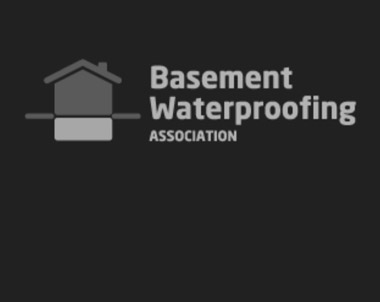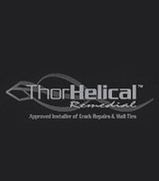Wet Rot Fungi
1. What Is Wet Rot?
It is basically the timber decaying naturally in the presence of high levels of moisture. There is almost always a structural defect causing the problem, it may be that the wall adjacent to the timber is suffering from dampness, or water collecting on the timber.
Any structural problem must be tackled at the same time as the timber is treated otherwise the problem is likely to reoccur. The problem may just be damaged paint finish on the timber allowing the actual wood to absorb excessive moisture. Damage is normally limited to the timber although the original structural problem may also cause other areas to be affected by damp (such as plaster or just decorations).
2. How can I identify Wet Rot:
Check vulnerable areas of timber, such as window and door frames, for signs of rot. The bottom of frames is more susceptible to rot where water can collect or the wall/floor is suffering from damp. If the paint finish is damaged, this can increase the risk of wet rot. However, although the paint may look sound, the timber underneath may be rotting from the back. Timber suffering from wet rot will feel spongy (even through a coat of paint) and look darker than the surrounding timber. When dry, the timber will easily crack and crumble into fine particles. Timber in the roof can also be at risk especially where there is roof damage allowing rainwater to run onto the roof timbers.
3. Characteristics of Wet Rot
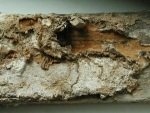 White Rot (Donkioporia expansa)
White Rot (Donkioporia expansa)
Fruit bodies: Thick, hard plate or bracket. Dull fawn or biscuit colour. Long pores, often in several layers.
Mycelium: White to biscuit in colour found within the timber
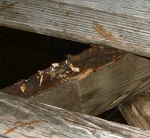 Brown Rot (Coniophora puteana)
Brown Rot (Coniophora puteana)
Fruit bodies: Thin plate. Greenish olive brown. Spores on many minute pimples. Rarely seen.
Mycelium: Slender, thread-like, first yellowish, soon becoming deep brown or nearly black
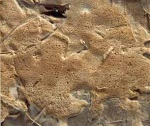 Brown Rot (Fibroporia vaillantii)
Brown Rot (Fibroporia vaillantii)
Fruit bodies: Soft, white plate, hard when dry. Spore bearing surface showing numerous minute pores.
Mycelium: Very white fern-like growth on edges of sheet, never showing colouration. Strands remaining flexible when dried.
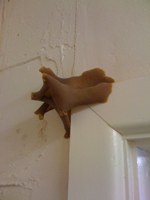 Elf cup (Peziza SSP) Noted for growth on a wide range of domestic materials, including plaster, cement, sand, wet carpets and walls. These cup fungi have a rubbery texture and are large enough enough to pluck from carpets or skirting boards with your fingers. If blown on with moist breath, spirals of smoke composed of released sphores can be observed.
Elf cup (Peziza SSP) Noted for growth on a wide range of domestic materials, including plaster, cement, sand, wet carpets and walls. These cup fungi have a rubbery texture and are large enough enough to pluck from carpets or skirting boards with your fingers. If blown on with moist breath, spirals of smoke composed of released sphores can be observed.
4. How Can Wet Rot be treated:
First of all treat any structural problem causing water ingress into the property, rectify sub floor ventilation issues and address any rising/penetrating dampness; there is no point in repairing/replacing the damaged timber’s if the moisture source responsible has not been eliminated.
If bio-deterioration from the one of the wet rot fungal species occurs in any Structural Timbers (such as roof trusses, floor joists, floor boards etc), expert advice should always be sought from a CSRT Qualified Surveyor such as Ian, who has been examined by the Institute of Wood Preserving & Damp Proofing, as such the structural integrity of the affected timbers can be established, if in doubt ring our office on 0161 425 7595.



